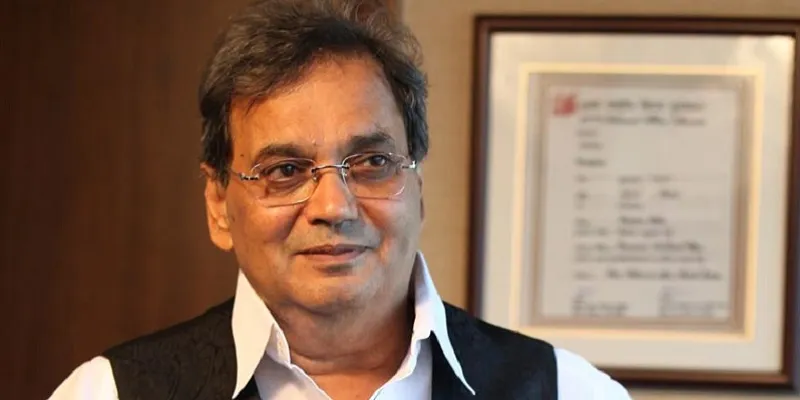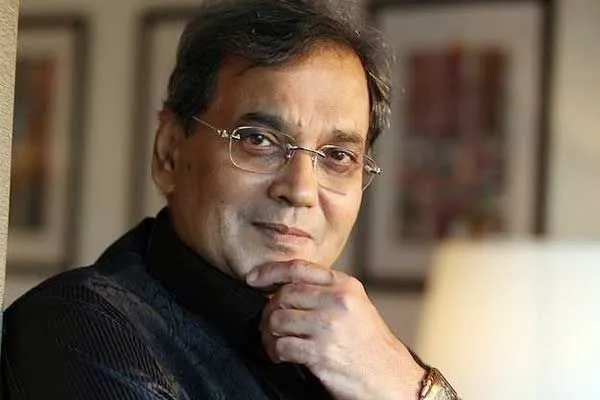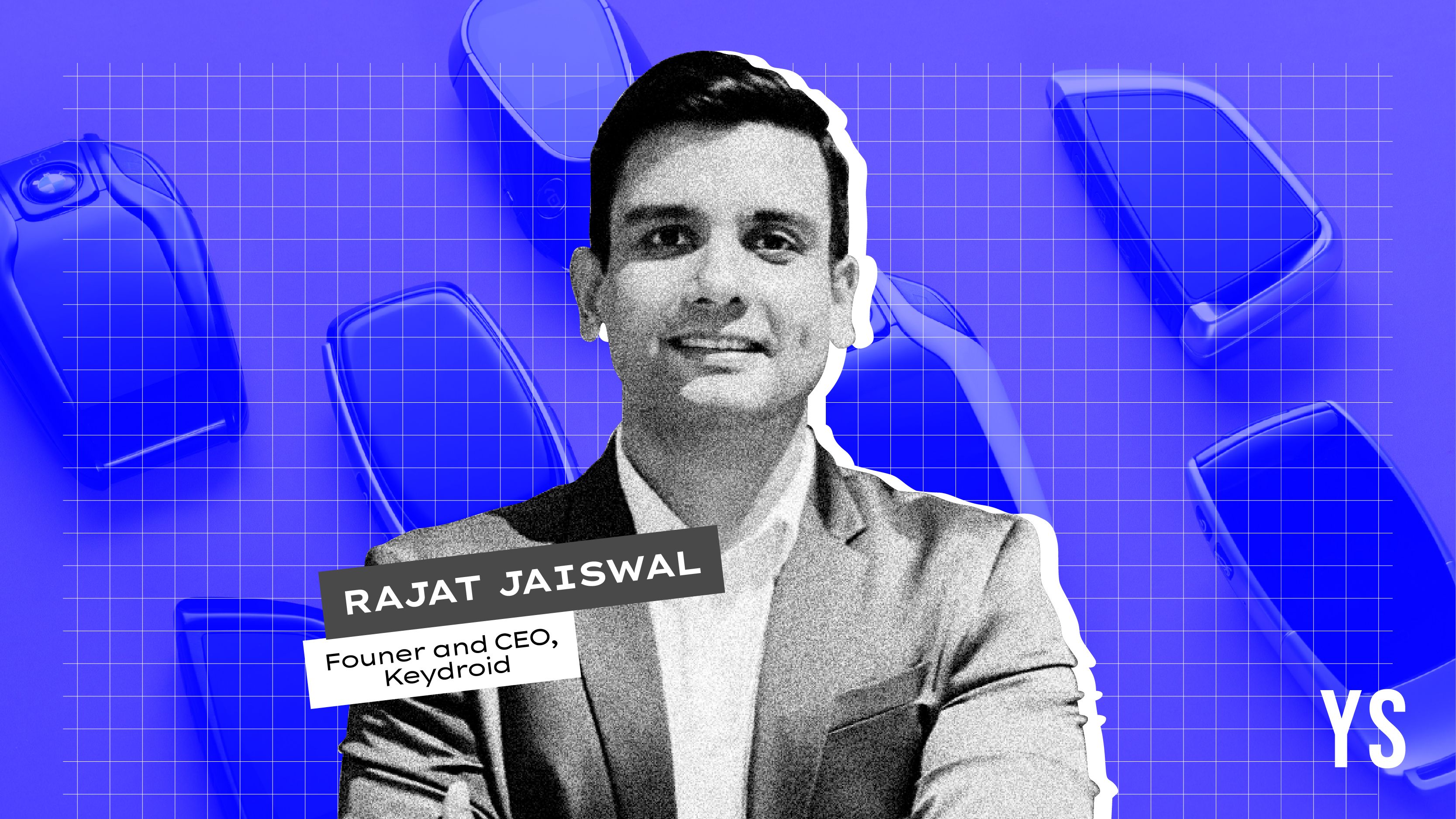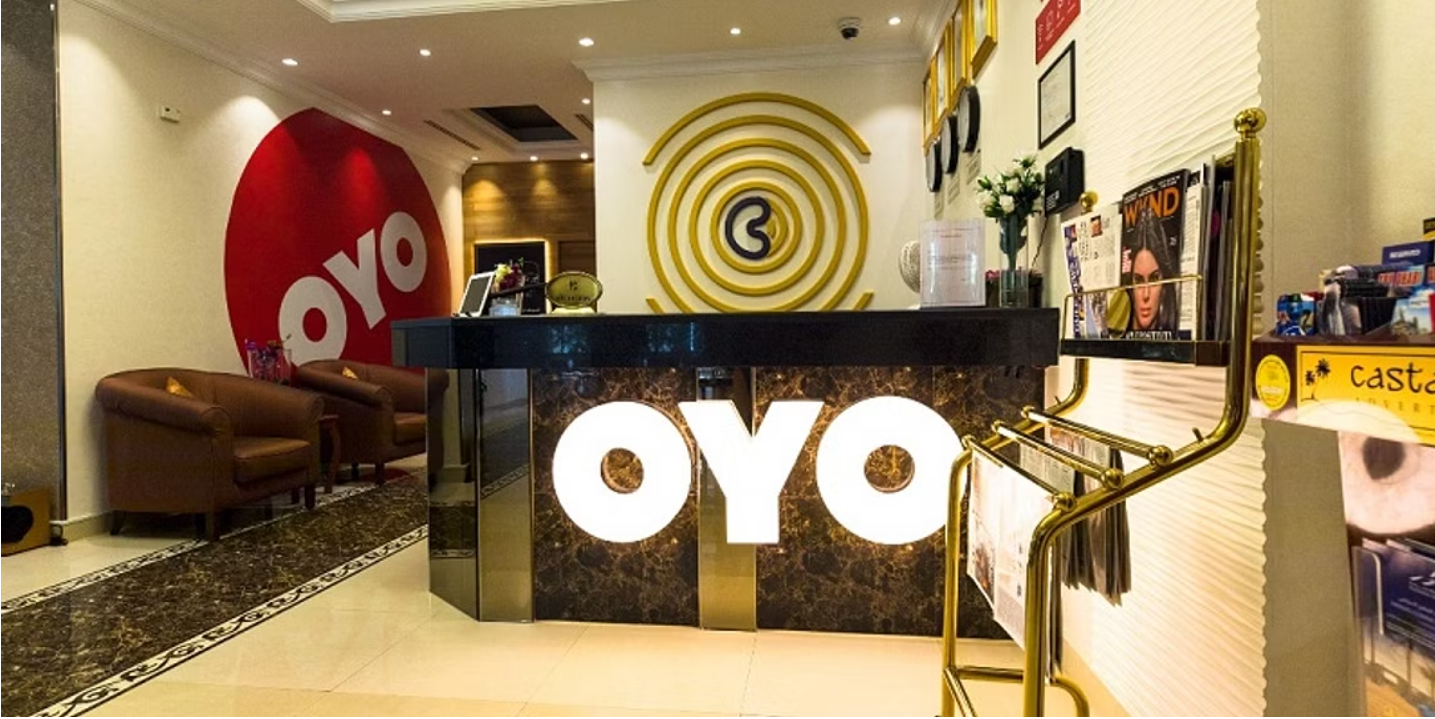After a dozen consecutive hits, here is why film-maker Subhash Ghai chooses to enter the world of teaching
“When a director gives 12 continuous hits and makes each movie such that it can truly be remembered for years to come, then I will believe that I truly have competition,” says Subhash Ghai, legendary director of Indian cinema. For those who have grown up in the nineties, Bollywood meant films replete with themes of revenge, drama and, of course, romance.
With movies like Saudagar, Ram Lakhan, Khalnayak, Hero, Pardes and Kalicharan, Subhash has ruled the roost for close to three decades and given some of the finest movies in Indian cinema.
From days of struggling to enter the industry, to working hard to prove himself and then making a mark, Subhash says the days of struggle are of the past. Subhash went through several avatars before finding the sweet spot: actor, writer and then a director with a crime-thriller.

Where is the real charm of filmmaking?
Subhash attributes his success to his single-minded focus, which he believes helped him create different kinds of films.
Today, while we are bombarded with films week on week that are joining the Rs 100-crore club, Subhash Ghai notes that the industry, though has become a lot more professional, it has lost its charm, focus and business sense along the way.

From being a hands-on industry run by a strong one-man show, films today, Subhash believes, are a conglomeration of several hands and the work of many people. “While this is really good as it brings professionalism to the industry, it takes away a lot of the magic of film-making,” he adds.
Subhash founded Whistling Woods, a film and music institution in India. It has several affiliations with international universities such as Griffith University, Deakin University, New York University, Tisch School of Arts, Syracuse University and Bradford College.
Making an Indian film that appeals to an international market
After directing and making several films, Subhash felt that there is a need to build a school that focusses on art and tells a story. The school aims to help students discover themselves, focus on reading, writing and understanding what film-making is all about and understanding the soul of the film. The idea of Whistling Woods is to help the younger generation make films that truly matter and make a mark in the world market.
“Today, the idea of a western sensibility film is about copying a Korean or a Japanese hit film. How is that making a film of western sensibility and of international taste? Have you made an Indian film that appealed to a world market? One example I can think of is Lunchbox, an Indian film, but made so beautifully and with an international market in mind,” says Subhash.
While Subhash acknowledges that marketing a film is becoming important in the presently crowded market, he finds it surprising that there is lesser spent on production and more on marketing.
He explains that, earlier, if they were making a film for Rs one crore, they would spend Rs 20 lakh on production. In contrast, today, only Rs 10 lakh is spent on production for Rs one-crore budget film.
Also read: World War II soldier creates an Indian cartoonist by chance
Making sense of the chaos
Today, filmmakers end up spending unnecessary money. Subhash adds that this is because of the external investment that the studios get.
“We would make films by mortgaging or leasing out our houses, and we put a lot of personal skin into the game. This made it all the more important for us to make successful films and movies and not spend on everything. Everything is broken today,” explains Subhash.
This trend has also changed the cost of hiring an actor. Citing an example, Subhash says that a star who charged him Rs one crore in 2009 asked him for Rs 27 crore in 2015. Today, most stars charge 10 times of what they were getting 10 to 15 years back.
Clearing the air
It is the industry that has inflated the cost of the stars. Explaining the math, Subhash says that if one were to make a film for Rs 100, then Rs 25 would be allocated to the star cast, Rs. 20 on marketing and the remaining Rs 65 only was for production.
The numbers are skewed. Over 60 percent of the money is given to the star cast, and 60 percent goes for publicity. The budget is already overshot; if the movies are worth Rs 120 crore, the cost of production needed is Rs 250 crore. This, Subhash explains, is because over 50 percent is taken by the multiplexes and theatres.
“The biggest deception being done in the market is that if you claim a film has made 100 crores, then 50 percent of that isn’t for the studio. The idea is what remains with you or what the returns are. Which movie has actually got those kinds of returns? While people are making films for theatres, they are making and covering the money from TV, I find that really funny," says Subhash. He adds,
If you are making a film for the big screen then make money on the big screen. My question is – are you cheating yourself, the business or the audience? A profit is made when you recover the cost and also make money over that recovery.
In an endeavour to bring the focus back on storytelling and actual film-making, Subhash is also supporting Prahlad Kakar’s School of Branding and Entrepreneurship. Subhash adds that being a person who is truly creative, Prahlad thinks out-of-the-box and has the capacity to create people who focus on content and entrepreneurship.











